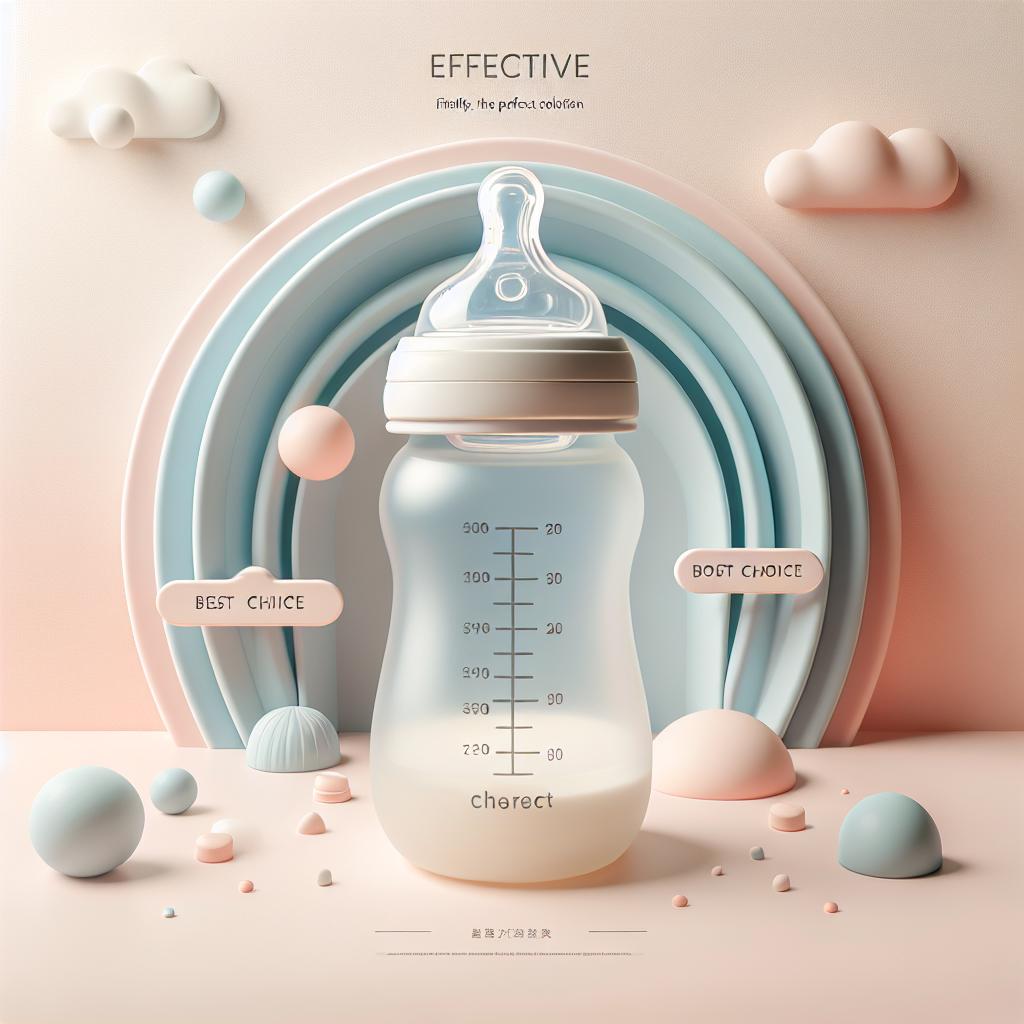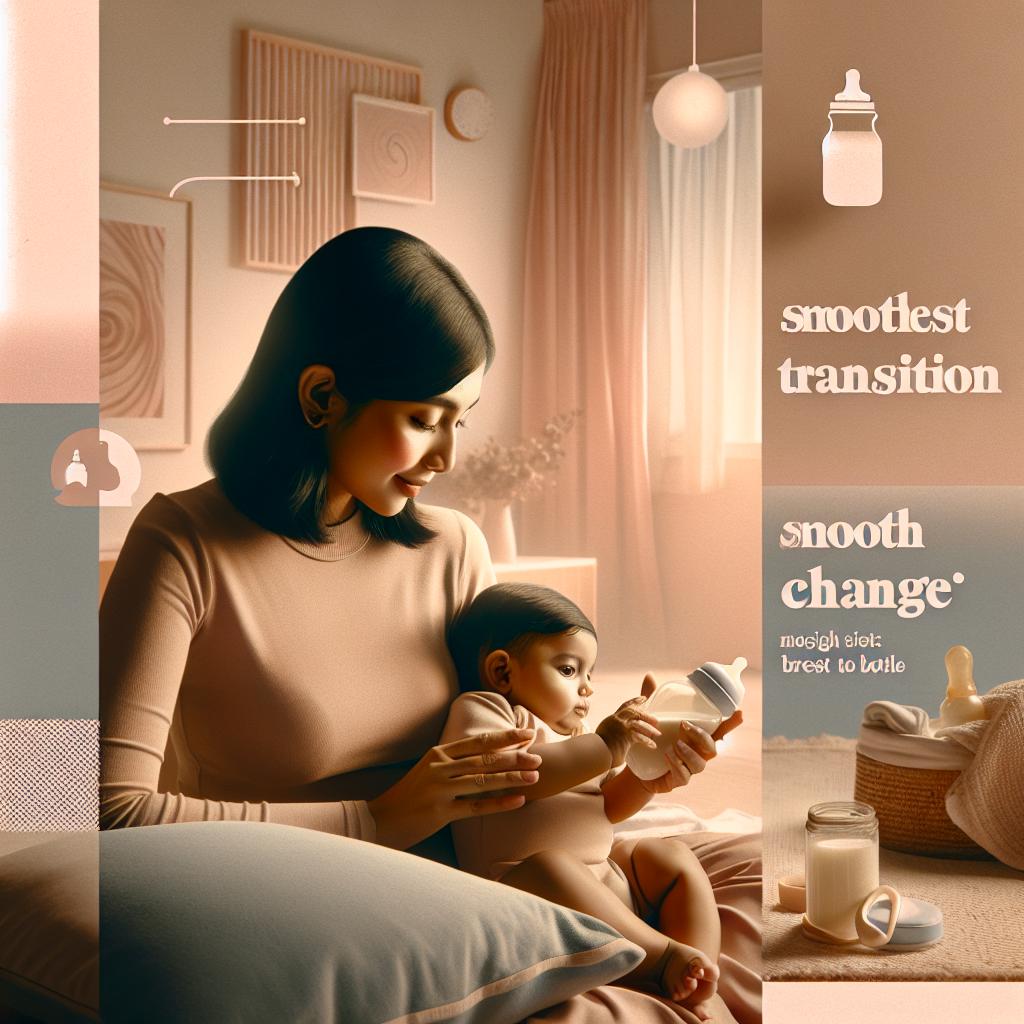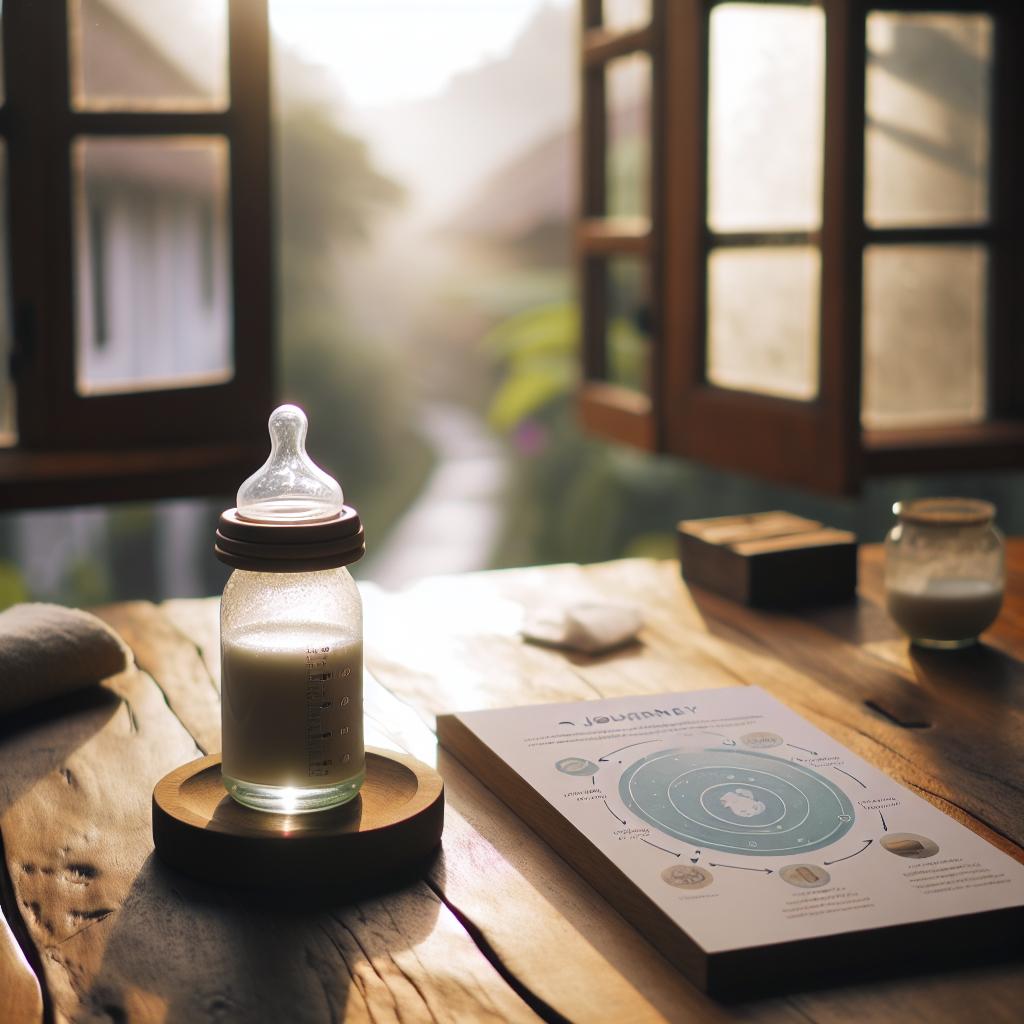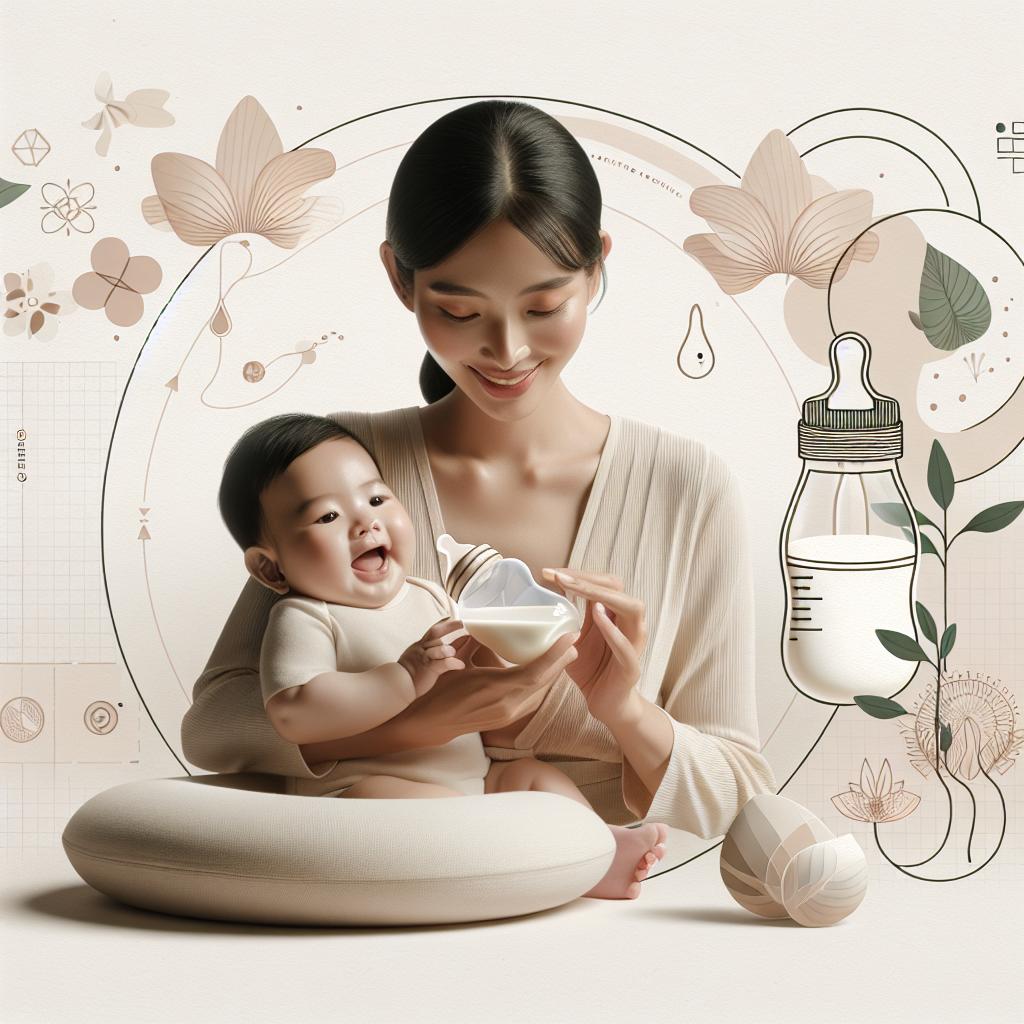The Journey to Discover the Perfect Bottle for a Breastfed Baby
Introducing your baby to a bottle can be a challenging task, especially for breastfed babies. It often switches from a mother’s soft touch to the unfamiliar texture of a bottle. If you are a mother seeking the perfect bottle that finally works for your breastfed baby, then you have come to the right place.
The Struggles of Transitioning from Breast to Bottle
The journey usually starts with a handful of trial and error moments as you search for the most effective bottle compatible with your breastfed baby. Believe it or not, every baby is unique in their preference regarding the design, nipple size, and texture of the bottle. Some babies might readily adapt to the first bottle you present them with, while others may outrightly refuse it, fostering a struggle to find the one that will finally work.
The Effective Bottle: A Dream or Reality?
Finding that effective bottle can feel like a never-ending journey. However, it isn’t impossible. Combining the right choice of bottle, proper feeding schedule, and your baby’s patience, the journey can be less daunting.
Signs of Bottle Acceptance among Breastfed Babies
- Your baby readily grabs the bottle.
- The baby does not spit out or choke on the bottle.
- There is a noticeable reduction in fussiness during bottle-feeding.
- Your baby is able to latch onto the bottle comfortably.
- The baby does not experience nipple confusion and is able to alternate between breast and bottle feeding without difficulties.
Why Some Bottles Work While Others Don’t
One of the reasons a specific bottle worked for a breastfed baby may not work for another is simply down to individual preferences. The baby might prefer a specific nipple shape, bottle design, or even bottle material. Some might opt for a silicone bottle over a plastic one or vice versa.
It is also noteworthy that certain bottles mimic the feel of a mother’s breast more closely than others, making them more appealing to breastfed babies. These bottles tend to be softer and more flexible, enabling the baby to latch on with ease.
Turning to Experts for Guidance
Turning to expert advice can also help mothers make the right decision. Apart from the bottle’s design and material, experts also stress the importance of introducing the bottle at the right time and gradually easing the transition to avoid shocking the baby.
While the journey might seem challenging, patience, persistence, and the right guidance can lead you to the bottle that will finally work for your breastfed baby. Remember, every baby is unique. What works for one might not work for another. The key is to understand your baby’s preferences and comfort.
The Importance of Observation
Observing your baby’s reaction during bottle feeding can provide key insights to ease the transition. Watch for signs that indicate whether they are comfortable with the bottle or not. This might include how they hold the bottle, whether they latch onto the nipple easily, and their mood during and after feeding. This will help you understand what they prefer and what they’re rejecting.
Do not get disheartened if your baby refuses to take the bottle in the initial stages. Remember, it’s a big change for them too. The stories from parents on Reddit can provide reassurance that you’re not alone and offer some tips on transitioning your child from breast to bottle.
Important Factors to Consider in a Bottle
There are several factors to consider while choosing the right bottle for your baby:
- Nipple Shape: Opt for a bottle with a nipple that closely resembles the shape of a mother’s breast. This familiarity can make the transition smoother for your baby.
- Material: Each material has its advantages and drawbacks. Plastic bottles are lighter and more durable, while glass bottles are healthier and easier to clean. Silicone bottles offer a more natural feel like a mother’s breast.
- Size: Bottles come in different sizes. For newborns or small eaters, a smaller bottle might be best. As your baby grows and consumes more milk, moving to a larger bottle might be necessary.
- Flow Rate: The flow rate refers to how quickly milk comes out of the nipple. A slow flow is suitable for newborns, while older babies might be comfortable with a faster flow.
Experience from Other Moms
Other moms’ experiences can also provide valuable insights. Their testimonials on what worked and what didn’t with their babies can provide a point of reference. Many moms in the Parenting Subreddit discuss different tactics for overcoming bottle refusal in their breastfed babies. It is a great community to gain support and learn about other parents’ experiences.
Bottle Feeding Doesn’t Mean Losing The Bond
Many mothers worry that bottle feeding might compromise the unique bond formed with their babies through breastfeeding. But, contrary to this popular belief, bottle feeding can be as bonding as breastfeeding.
As you bottle feed your baby, maintain eye contact, and hold them close to continue building the emotional connection even when not breastfeeding. Healthline offers some great advice on how to bond with your baby during bottle feeding.
The Role of Patience and Perseverance in Finding the Perfect Bottle
Remember, introducing your baby to a bottle is a gradual process. It may require patience and perseverance, but the end result is worth it. You’ll find the perfect bottle that fits your baby’s needs and makes feeding time easier for both of you.
Seek Additional Expert Help If Necessary
If you’ve tried everything and your baby still refuses to accept the bottle, there might be other underlying issues worth addressing. You might need to work with a pediatrician, a lactation consultant, or a breastfeeding expert to help resolve this. La Leche League International is an excellent resource for finding breastfeeding support and guidance.







